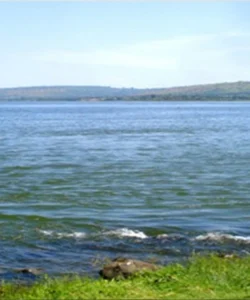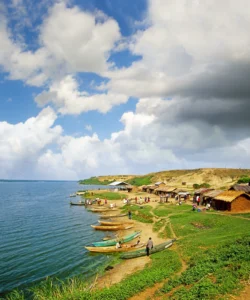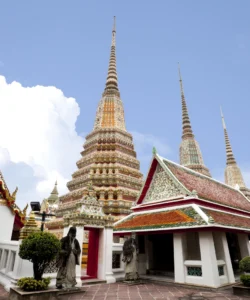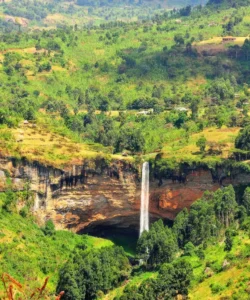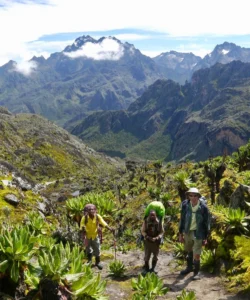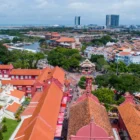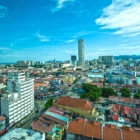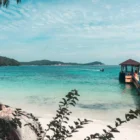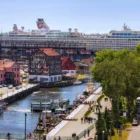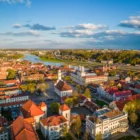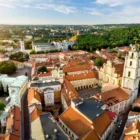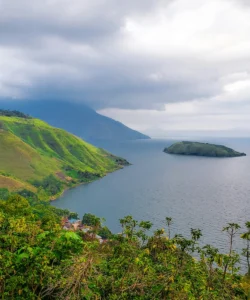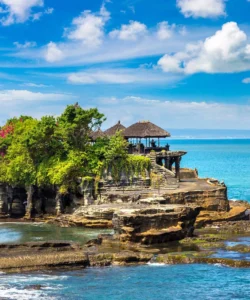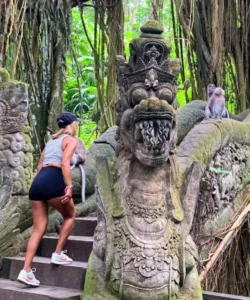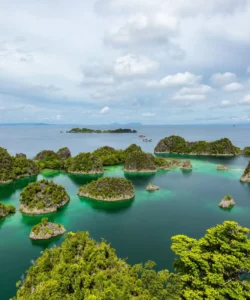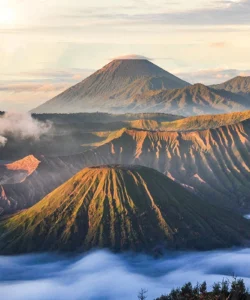Malolotja Nature Reserve is a jewel in Eswatini’s crown, a vast and rugged wilderness in the highveld region that stands in stark contrast to the country’s other, more “safari-focused” parks. It’s renowned for its ancient geological formations, spectacular scenery, and a network of challenging hiking trails.
Name: Malolotja Nature Reserve
Address: Malolotja Nature Reserve is located in northwestern Eswatini, near the border with South Africa, between the towns of Bulembu and Ngwenya. It’s approximately 30-40 kilometers (about 19-25 miles) north of Mbabane, the capital. The main entrance is off the MR1 (Mbabane/Pigg’s Peak road).
How to Get There:
- By Air: The closest international airport is King Mswati III International Airport (SHO) near Manzini. From there, you would typically rent a car or arrange a transfer to Mbabane, and then on to Malolotja. Many international visitors also fly into O.R. Tambo International Airport (JNB) in Johannesburg, South Africa, and drive (about 4-5 hours) to Eswatini, crossing at the Oshoek/Ngwenya border post, which is relatively close to Malolotja.
- By Car: Malolotja is easily accessible by car. From Mbabane, take the MR1 road towards Pigg’s Peak. The park entrance will be clearly signposted on your left after about 17-18 km. While the main roads to the park are generally good, some internal roads within the reserve, especially leading to certain trailheads or viewpoints, can be rough and may require a 4×4, particularly during the rainy season.
- Public Transportation: It’s possible to take a local minibus taxi from Mbabane towards the Malolotja area, but you would likely need to arrange a taxi for the final stretch to the park entrance and within the reserve, as public transport inside is limited.
Landscape and Architecture:
Malolotja’s landscape is defined by its ancient geology and dramatic highveld topography:
- Mountainous Terrain: The reserve covers 18,000 hectares (44,000 acres) of rugged, mountainous wilderness. It’s dominated by the undulating hills and ranges of Silotfwane, Mgwayiza, and Ngwenya, including Ngwenya Mountain (1,829 meters), Eswatini’s second-highest peak.
- Ancient Rocks: Malolotja is home to some of the oldest sedimentary rocks known on Earth, dating back approximately 3.6 billion years. These ancient formations create a unique, stark beauty, with exposed rock faces and rolling grasslands punctuated by rocky outcrops.
- River Valleys and Waterfalls: Deep river valleys and gorges cut through the escarpment. The Malolotja Falls, at 89 meters (292 feet), are the highest in Eswatini, a spectacular sight especially during or after the rainy season. The Komati River also carves through a gorge, creating smaller waterfalls and rapids.
- Diverse Habitats: The landscape shifts from sour highland grassveld on the gently undulating hills to scrubby vegetation along clear mountain streams, thornveld on slopes, and patches of Afromontane forest in more mesic (moist) valleys and ravines.
- Accommodation Architecture: Accommodation within the reserve is simple and blends into the natural environment. The self-catering log cabins at the main camp offer rustic comfort with stunning views. There are also numerous designated wilderness campsites for trekkers, designed to be unobtrusive and maintain the wild feel of the reserve.
What Makes It Famous:
- Premier Hiking Destination: Malolotja is Eswatini’s ultimate hiking paradise, offering over 200 kilometers of trails ranging from easy day walks to challenging multi-day treks, including overnight routes. It’s considered one of the best highland reserves for hiking in Southern Africa.
- Ancient Geology: Its 3.6-billion-year-old rocks make it one of the oldest mountain ranges in the world, attracting geologists and those interested in deep time. The Ngwenya Mine, nearby and within the broader transboundary area, is one of the world’s oldest known iron ore mines, adding to its geological and historical significance.
- Malolotja Falls: As Eswatini’s highest waterfall, it’s a significant natural landmark and a popular destination for hikers.
- Biodiversity (Flora and Avifauna): While not a “Big Five” safari park, Malolotja is a botanist’s dream, with a rich diversity of wildflowers (especially in spring), rare plants, orchids, lilies, and several endemic species. It’s also a birdwatcher’s paradise, with over 280 bird species recorded, including rarities like the Southern Bald Ibis (nesting on the cliffs), Blue Swallows, and Gurney’s Sugarbird.
- Canopy Tour: The Malolotja Canopy Tour, featuring zip lines and a suspension bridge across the Sihlotswane Gorge, offers an exhilarating way to experience the reserve’s forest canopy and dramatic scenery.
- Transboundary Conservation: Malolotja forms part of the Songimvelo-Malolotja Transboundary Protected Area (a “Peace Park”) with South Africa’s Songimvelo Game Reserve, highlighting cross-border conservation efforts.
Differences from Some Other Wonders:
- Focus on Hiking and Wilderness: Unlike Mlilwane, Hlane, or Mkhaya, which are primarily game viewing destinations (with Mlilwane also offering active pursuits among non-dangerous game), Malolotja’s fame is almost entirely built on its rugged hiking opportunities and breathtaking mountain scenery. Wildlife viewing here is secondary and focuses more on plains game and rare birds.
- Geological Age and Significance: Malolotja’s ancient geology (3.6 billion years old) makes it distinct from most national parks, which are often famous for more recent geological features or unique ecosystems. Its link to the world’s oldest mine further sets it apart.
- No Dangerous Big Game in Hiking Areas: While leopards are present, the general absence of large, dangerous predators (like lions and elephants) in the main hiking areas allows for an unparalleled freedom to explore the wilderness on foot, offering a different kind of immersion than a traditional safari.
- “Wilderness” Over “Luxury”: Accommodation and facilities within Malolotja are more basic and geared towards a true wilderness experience (e.g., self-catering cabins, extensive camping), contrasting with the more luxurious safari lodges found in other reserves like Mkhaya.
- Waterfalls as a Central Feature: While other parks might have rivers, Malolotja features Eswatini’s highest waterfall as a major draw, integral to its scenic and recreational offerings.




















